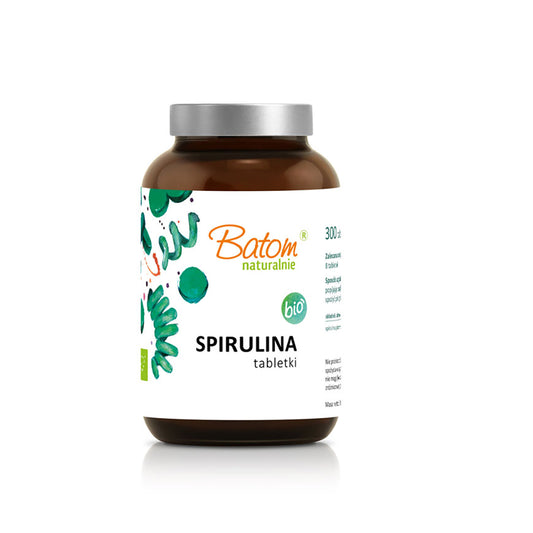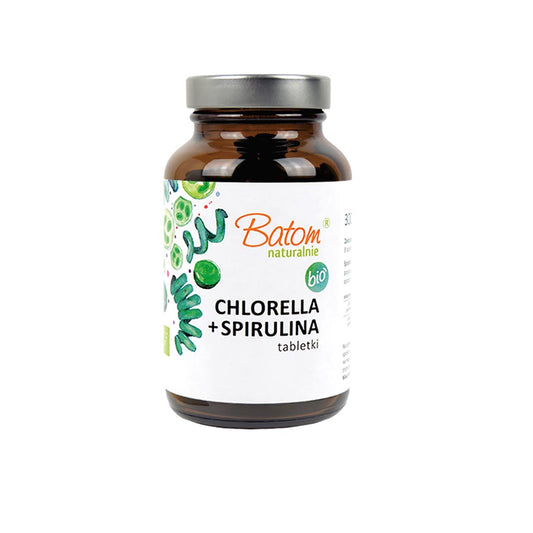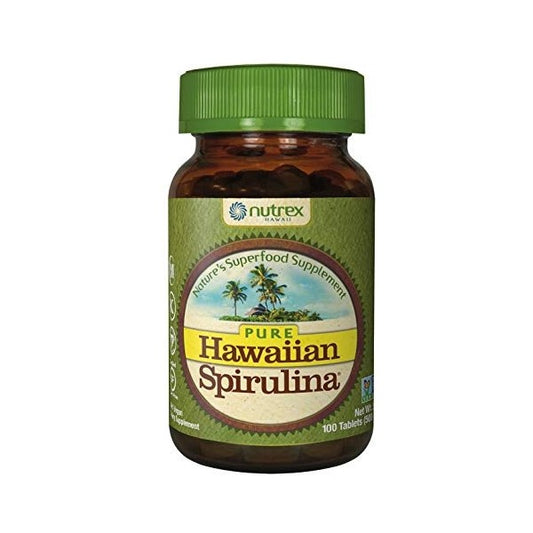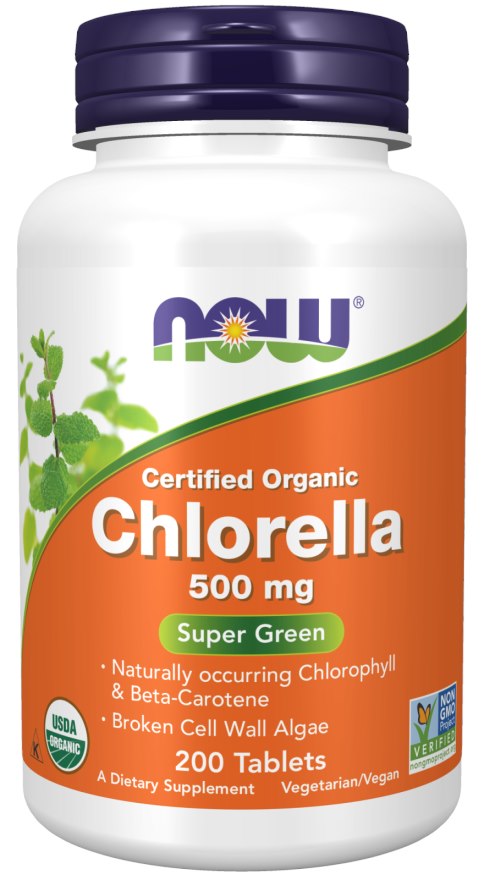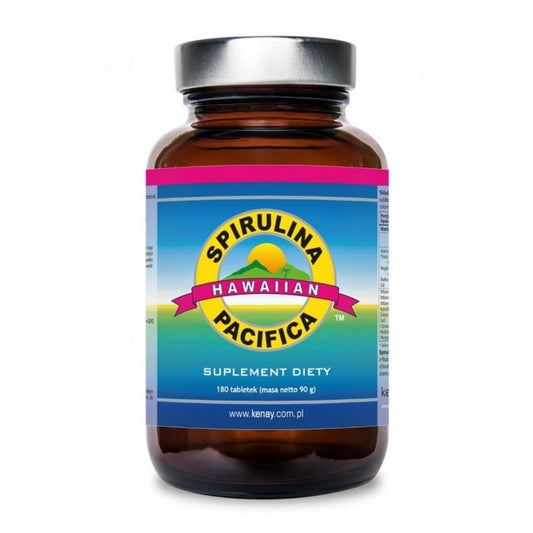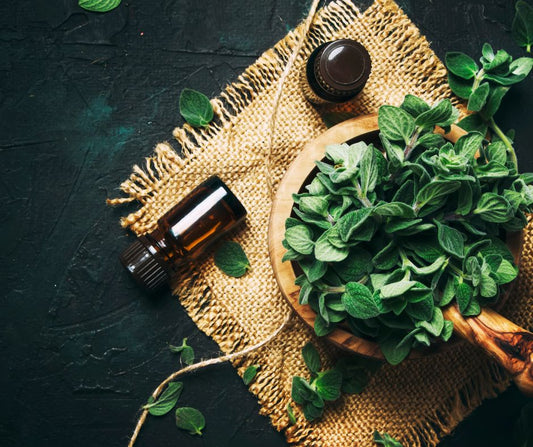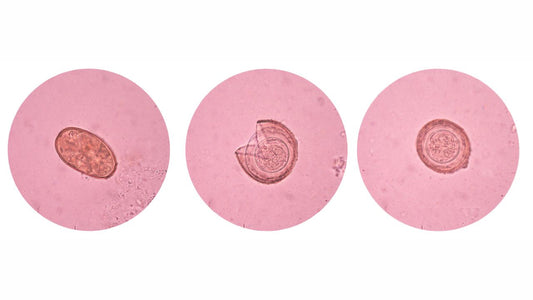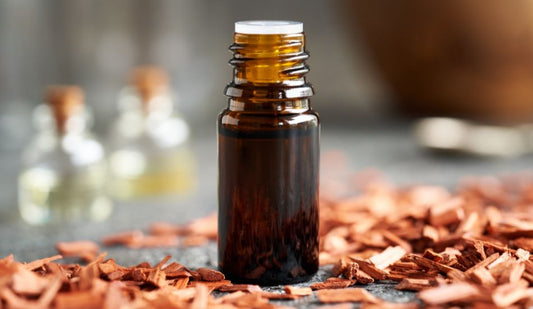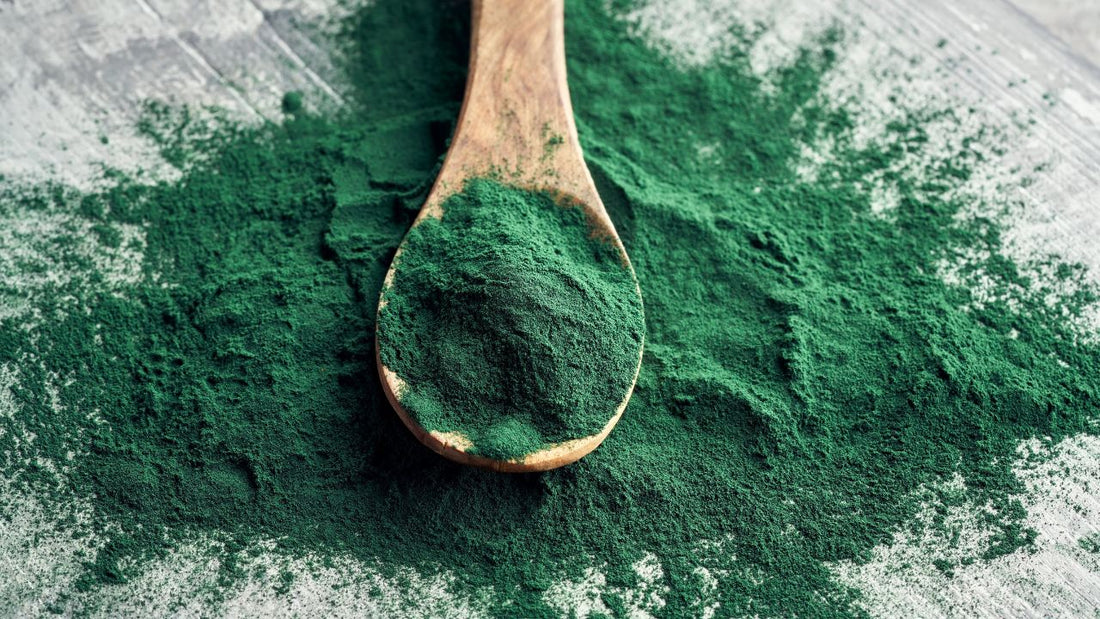
At the top of superfoods: The health benefits and uses of Spirulina and Chlorella
Share
Algae in nutrition – the power of nature for your body
Microalgae, such as spirulina and chlorella, have become a popular part of the diet for health-conscious people. These nutrient-rich superfoods offer a natural way to support the body's well-being and increase energy in everyday life. Microalgae have been used as food for centuries in various cultures, but modern research has brought their benefits more widely to light.
Spirulina and chlorella differ slightly from each other in both composition and properties, but both offer plenty of nutrients in a small dose. Let's first look at the general characteristics of these microalgae and then take a closer look at the benefits of each.
Why choose algae products?
Microalgae, such as spirulina and chlorella, are an easy and effective way to supplement nutrients. They are suitable for anyone who wants to add natural and nutrient-rich options to their diet. When used correctly, algae products can support energy levels, immunity, and body detoxification. Start small and see how they fit into your daily life!
- Did you know? Algae products are also environmentally friendly, as their production requires significantly less water and land area compared to traditional protein sources.
Spirulina – nature's protein powerhouse
Spirulina is a blue-green microalga known for its high protein content and abundant micronutrients.
Spirulina is one of the best superfoods in terms of nutritional value. Spirulina contains three times more protein than meat and is rich in iron, zinc, magnesium, manganese, sodium, potassium, copper, and vitamins A, B1, B2, B3, B6, and B12. It contains even 60–70% protein by weight, making it an excellent choice especially for vegetarians and vegans.
A single teaspoon of spirulina meets the recommended daily needs for vitamin A and iron. Spirulina is especially beneficial as an enzyme activity booster. It contains abundant omega-3 and omega-6 fatty acids. Spirulina is rich in chlorophyll. Spirulina has been called the best source of gamma-linolenic acid (GLA) after breast milk. Spirulina also contains zeaxanthin and phycocyanin as well as the rare phenylethylamine (PEA). The World Health Organization (WHO) has called spirulina "an interesting food, rich in protein, iron, and essential nutrients."
Health benefits of spirulina
- Nutrient-rich superfood: Spirulina is an excellent source of B vitamins, iron, magnesium, and antioxidants. It provides energy and supports nervous system function.
- Did you know? Spirulina contains more iron per unit weight than spinach.
- Supports the immune system: Spirulina contains phycocyanin, which helps fight inflammation and strengthens immune defense.
- Did you know? Phycocyanin gives spirulina its deep blue-green color.
- Detox effect: Spirulina can help the body eliminate heavy metals and toxins.
- Did you know? Spirulina was used after the Chernobyl nuclear disaster to support the recovery of people exposed to radiation.
- Promotes energy levels: Its nutrients support the body's metabolism and can increase endurance.
- Did you know? Spirulina contains natural chlorophyll, which helps improve oxygen delivery to cells.
Using Spirulina
Spirulina is easy to add to your diet in powder or tablet form. You can mix it into smoothies, juices, or even baked goods. Start with a small dose (for example, 1 teaspoon) and increase usage as needed.
Chlorella – the green detox specialist
Chlorella, a freshwater or saltwater algae, is a microscopic and single-celled algae. Seaweed keeps the body in good condition and affects the health of the immune system. Chlorella contains plenty of various vitamins such as vitamin A (from carotenoids), several B vitamins, as well as vitamins E and K. Chlorella contains abundant chlorophyll, which helps the body detoxify.
The name Chlorella refers to its abundant chlorophyll content, which is why it is a strongly refreshing and invigorating food for the body. 100 g of chlorella contains 4 g of chlorophyll, which is more than in any other substance on the entire planet. Chlorophyll's molecular structure is also similar to that of human red blood cells, meaning it can increase the cells' oxygen uptake capacity. Chlorella also contains important digestive enzymes and binds toxins in the intestines, balancing the healthy bacterial flora while quadrupling the amount of good bacteria and freshening breath. Chlorella is also associated with a positive mood.
Health benefits of chlorella
- Rich source of vitamins and minerals: Chlorella contains plenty of vitamins C and B12 as well as iron and zinc.
- Did you know? Chlorella is one of the few plant sources that contains active vitamin B12.
- Effective detox effect: Chlorella binds heavy metals and helps the body eliminate toxins.
- Did you know? The cell wall of chlorella contains special compounds that help bind heavy metals in the body.
- Supports digestion: Fiber-rich chlorella promotes the balance of gut bacteria and aids digestion.
- Did you know? Chlorella is considered a prebiotic that feeds the good bacteria in the gut.
- Immune system support: Chlorella can strengthen the body's defenses and improve overall condition.
- Did you know? Chlorella contains over 50% protein and plenty of essential amino acids.
Using chlorella
Chlorella is available in tablets, capsules, or powder form. Its taste is slightly stronger than spirulina, but it fits perfectly into smoothies or other drinks. Start with a small dose and follow the dosage instructions on the package.
Combined use of spirulina and chlorella
Spirulina and chlorella complement each other, and many choose to use them together to get the best benefits of both types of algae. Spirulina provides energy and is rich in protein, while chlorella cleanses the body and supports digestion. Combine these superfoods as part of your daily routine to gain comprehensive wellness benefits.

